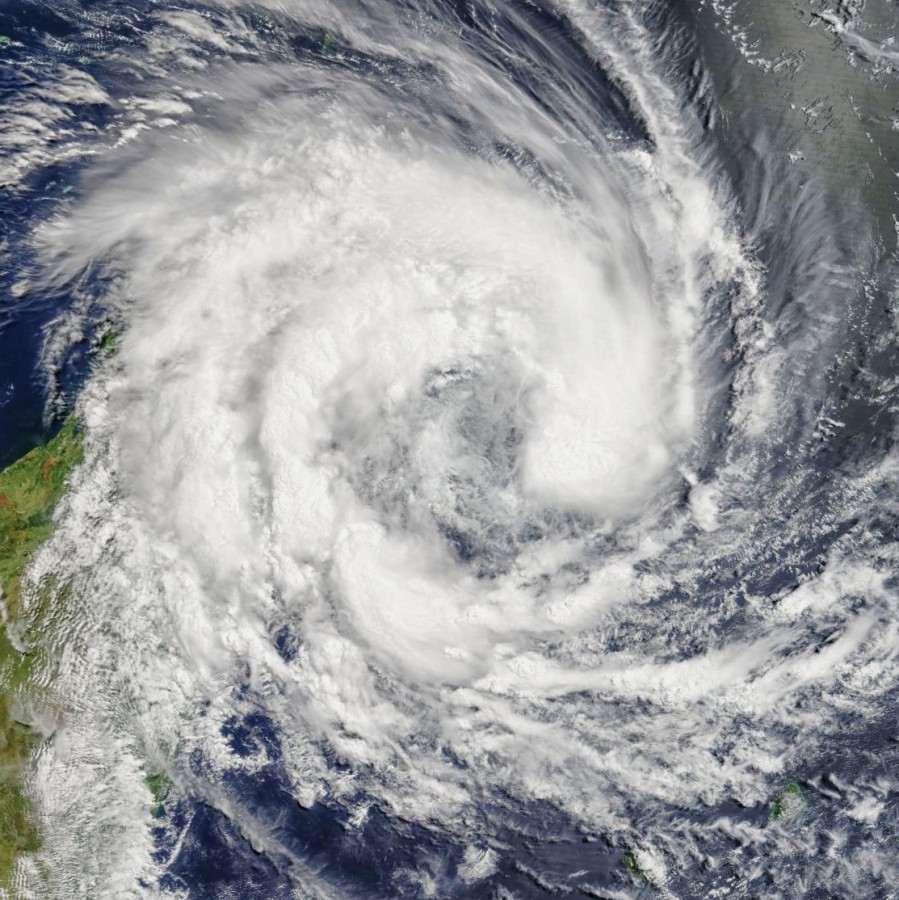Over one million people have evacuated to escape the worst to come. Hurricane Florence is one of the most dangerous and damaging storm to date. This category 1 hurricane is hit the southeastern coast on Sept. 14 with the qualities of a category 4 hurricane.
Meteorologists are anticipating 20 foot storm surges and about 40 inches of rain. According to the National Ocean Service, a storm surge is defined as “the abnormal rise in seawater level during a storm.” Any storm surge over 12 feet is considered life threatening. As most hurricanes travel further north, their wrath lessens, but not with this storm. Florence still continues to become more dangerous the further north it gets.
Typically with these tropical storms, warm water feeds them so they don’t normally go as far north. With Florence, it is becoming more dangerous because all of the factors that are required to produce a strong hurricane are present. There is warm water and not a lot of wind shear, which is what would normally tear the storm apart.
Florence is also anticipated to stall over both North and South Carolina. This means that the hurricane will stay put over the Carolinas for a couple of days. CNN meteorologist Dave Hennen stated, “The coastal Carolinas will suffer more than 24 hours of hurricane-force winds and storm surge.”
These conditions are immensely dangerous for the people living there because with all of the rain they are experiencing, there is a major risk of flooding and landslides. There are some people who live in mandatory evacuation zones, which has forced them to leave their homes.
The people who are staying in the Carolinas are stocked up on food, water, and any supplies that they would need if their power were to go out. Whether they are used to these storms or not, everyone on the east coast is preparing for the worst.
Since Friday morning, Florence has taken the power from about 796,000 homes and killed 9 people. U.S Coast Guard members have been trying to rescue as many people as they can. With all of the rain that has fallen, major flooding is at an even larger risk. The tropical storm is expected to travel further up through South Carolina, weaken, and eventually reach Ohio.










